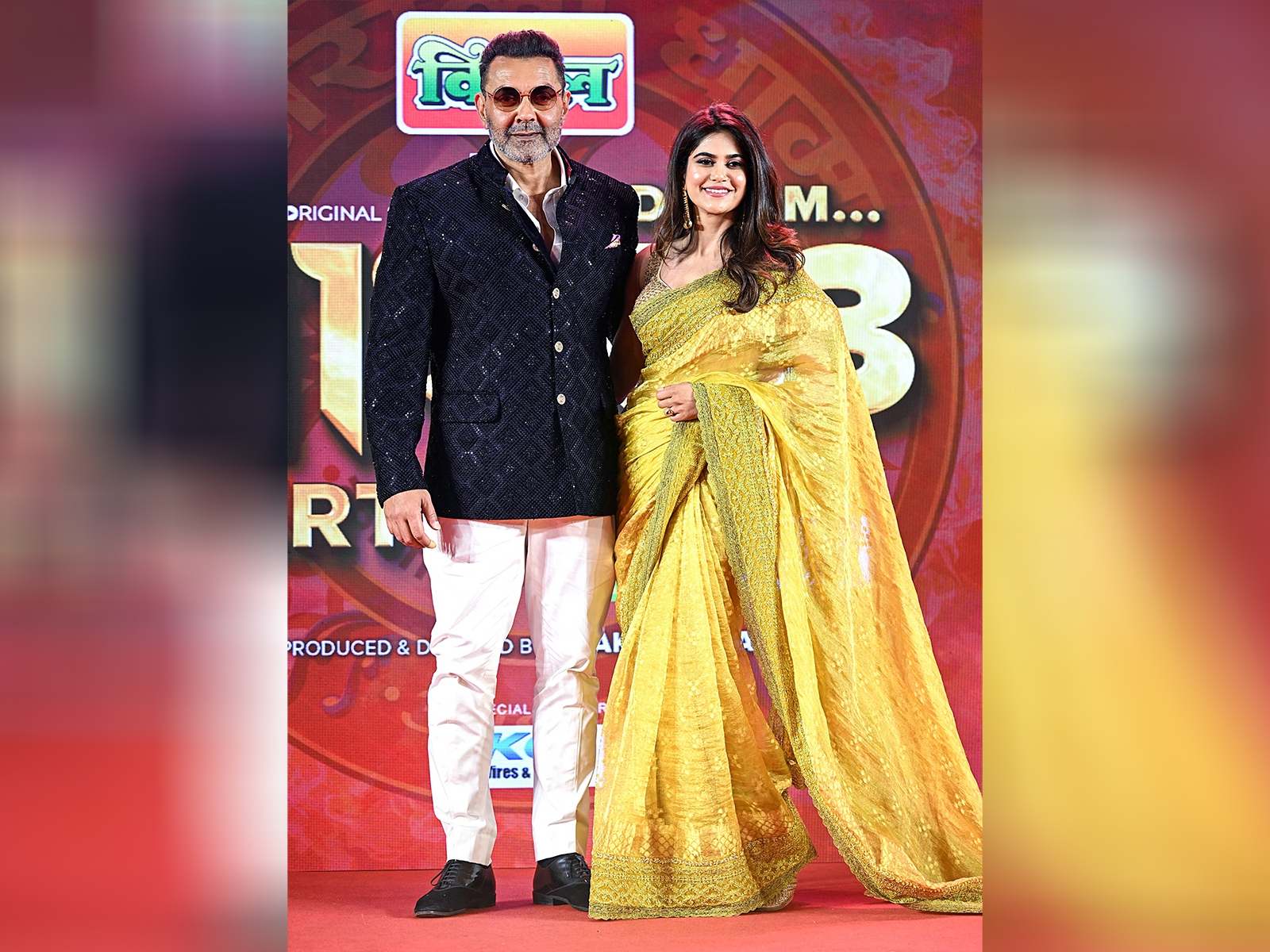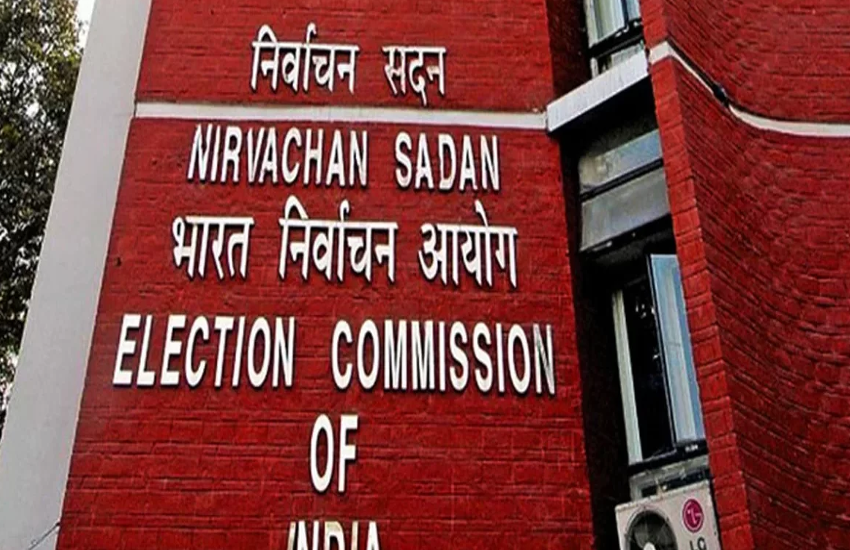How a debate on post-truth ended with the audience applauding logical fallacies

Post-truth (according to The Oxford English Dictionary): Relating to or denoting circumstances in which objective facts are less influential in shaping public opinion than appeals to emotion and personal belief.
There's no better example of post-truth politics than Kellyanne Conway, a senior White House aide, using the term 'alternative facts'. That was the phrase Conway used to defended US President Donald Trump's press secretary Sean Spicer's claims that the media was "deliberately false reporting" the thin crowd at Trump's swearing in.
"This was the largest audience ever to witness an inauguration, period...These attempts to lessen the enthusiasm of the inauguration are shameful and wrong," Spicer had said.
Except, there was photographic evidence to support "these attempts". And data that refuted the "alternative facts" Spicer used. Facts the Trump camp conveniently dismissed in favour of a reality that better suited them.
We live in a world that abounds with post-truth. In fact, it was declared the word of the year for 2016, an indicator of how rampant the phenomenon is.
With that being the case, it's no surprise that the recently concluded JLF 2017 dedicated its all-important final session to a debate on post-truth. And, just like the recently concluded American elections, facts and intelligence were sacrificed at the altar of post-truth courtesy, in this case, of Newshour alumni Suhel Seth and Swapan Dasgupta.
Video of the final debate in case any of you are wondering what a total meltdown of civility looks likehttps://t.co/VwO952MdJY
— JLF Insider (@JLFInsider) January 23, 2017
Post-truth vs hard facts
Moderated by ex-NDTV journalist Barkha Dutt, the debate saw poet Anne Waldman, political scientist Ashutosh Varshney, Irish economist David McWilliams, Guardian reporter Luke Harding, politician Shashi Tharoor, lyricist Prasoon Joshi, opinion machine Suhel Seth and journalist/MP Swapan Dasgupta in heated discussion.
"We were already living in a post-truth world," said Anne Waldman, explaining how the marginalised have always been denied their truth.
Prasoon Joshi, meanwhile, argued that post-truth needn't exist as a term because beliefs and emotions have always been bigger than facts, arguing it wasn't necessarily a bad thing.
Swapan Dasgupta opined that post-truth was a fabrication, a defense mechanism employed by those who couldn't come to power. "Koi chunaav haar gaya. That's all that happened."
"What constitutes as truth for you may not for me," Dasgupta added, echoing Conway's suggestion of 'alternative facts'.
The sheer range of opinions on offer, only served to highlight the reality of a post-truth world where actual fact gets caught up in the chaos of opinion.
Luke Harding, an investigative journalist whose job is to establish facts, was the only one to point out that certain things happen, if a person dies, it's a fact that they're dead. There shouldn't be any scope for post-truth there, for facts cannot be reversed. "Things do happen. There are facts," he said, in an almost Dickensian fashion.
Useful reminders in the age of alt-facts and post-truth pic.twitter.com/AJYVb5CEHS
— Philosophy Matters (@PhilosophyMttrs) January 23, 2017
This comment stood in stark contrast to the rest of the debate where facts were laughed off, personal attacks were passed off as rebuttals, and from post-truth vs truth, the argument shifted to social media vs traditional media.
The debate, therefore, became a study in the reality of post-truth, where the only voices heard and accepted by the audience were the ones that shouted the loudest - Suhel Seth and Swapan Dasgupta - facts be damned.
No room for rejection
That Joshi, Waldman and others, as Dutt rightly pointed out, often spoke for the other camp, only showed that post-truth, even as a topic, can't establish a singular narrative. That there is no one truth to understand or reject post-truth, because in the time of TV theatrics who really wants to consume a singular argument?
Final debate at #JLF2017 on 'post-truth': Agree with Barkha Dutt, total confusion on who's supporting or opposing the motion.
— Zehra Kazmi (@ArhezImkaz) January 23, 2017
Seth and Dasgupta played the old card of blaming the media for selling these theatrics, never mind that they often find themselves loudly pontificating on prime-time television.
Post-truth, according to Suhel Seth, was just bad curry made by the media. "It's like 'intolerance', 'ghar-wapsi'", terms that Seth considers falsehoods, never stopping to explain why.
It is ironic that Seth holds his right to reject arguments made by those educated in the matter, and yet advocates that truth leaves no room for rejection. 'Intolerance' was acknowledged to be a real problem by people working in different artistic spaces, enough to make them return their awards. If a Suhel Seth must alter that truth of awards being returned, surely he'd understand how post-truth works.
Swapan Dasgupta was another to share a gospel truth. He dismissed the believers of post-truth as "losers". Barkha Dutt, snarkily deflected the attacks on media, saying, "The one thing that's common between the panel and Trump is that the media is the enemy."
World of lies
That being said, the media isn't faultless. It isn't even close to being so. A frustrated Dutt, after being bullied for hailing from TV media, acknowledged that the "crisis of the media today is that it has become too much like social media."
Her allusion, of course, is to all the noise that surrounds just about any subject that's discussed in the media today. It is near impossible for a debate in media - and not just TV - to come to a conclusion, much like social media, where only the saleable idea gets amplified.
Shashi Tharoor explained that social media was also a major factor in propagating lies. "We have been seduced by the world of social media," he said, adding, "Never has it been easier to tell a lie."
"Was there ever a truth era? No. We live in a world of lies," said Tharoor.
Social media, it must be noted, is also a paid space to create a popular narrative. Paid online trolls attack viciously until their version of what is being said gets established as popular sentiment. This is definitive of how post-truth is established.
But Luke Harding, who has faced wide criticism for writing about Snowden and Russia, believes that trolls exist to make enough noise so that the truth gets drowned out. "They [trolls] don't need to convince anybody, only confuse you," he said.
"We shouldn't give up... It would mean you and I are idiots," said an optimistic Harding. Speaking from experience, he established that it is defeatist to accept post-truth because "in the end, it is truth that impeaches them [those who lie]."
Is alpha-male shouting the way to get to the truth? Thank goodness for @BDUTT & Anne Waldman #zeeJLF pic.twitter.com/ZZr7iD0Ai7
— Bee Rowlatt (@BeeRowlatt) January 23, 2017
Harding's appeal though went relatively unacknowledged. For neither was the audience concerned about the debate coming to a close, nor did they need a logical conclusion. The spectacle was more than satisfactory, and far more necessary to the hooting audience than combating any threat post-truth may pose our society.
In the end, it was Dasgupta and Seth, who strongly denied the existence of post-truth, who got the maximum applause from the audience. The two people who made emotional appeals, spoke in nationalistic rhetoric, and told everybody else they were wrong got cheered.
That, ladies and gentlemen, is how post-truth wins.
First published: 24 January 2017, 9:23 IST
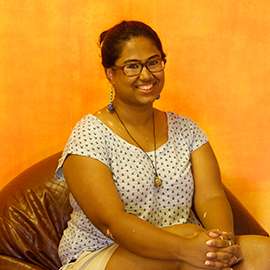
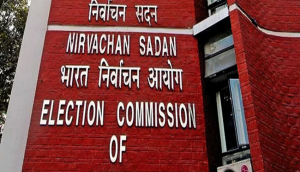
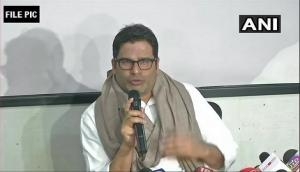
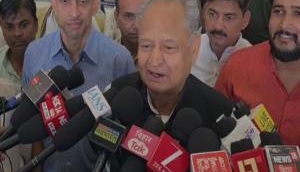
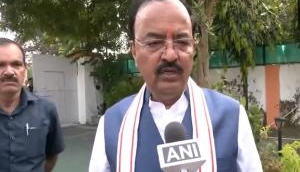
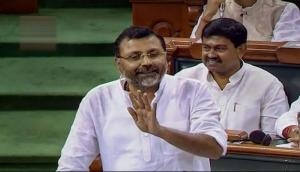
![BJP's Kapil Mishra recreates Shankar Mahadevan’s ‘Breathless’ song to highlight Delhi pollution [WATCH] BJP's Kapil Mishra recreates Shankar Mahadevan’s ‘Breathless’ song to highlight Delhi pollution [WATCH]](https://images.catchnews.com/upload/2022/11/03/kapil-mishra_240884_300x172.png)

![Anupam Kher shares pictures of his toned body on 67th birthday [MUST SEE] Anupam Kher shares pictures of his toned body on 67th birthday [MUST SEE]](https://images.catchnews.com/upload/2022/03/07/Anupam_kher_231145_300x172.jpg)


